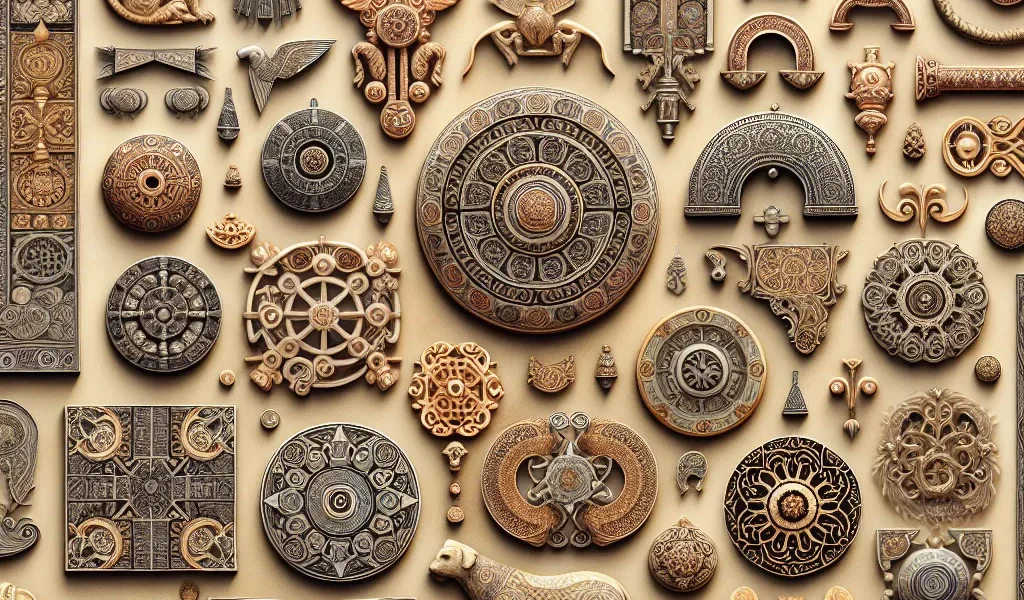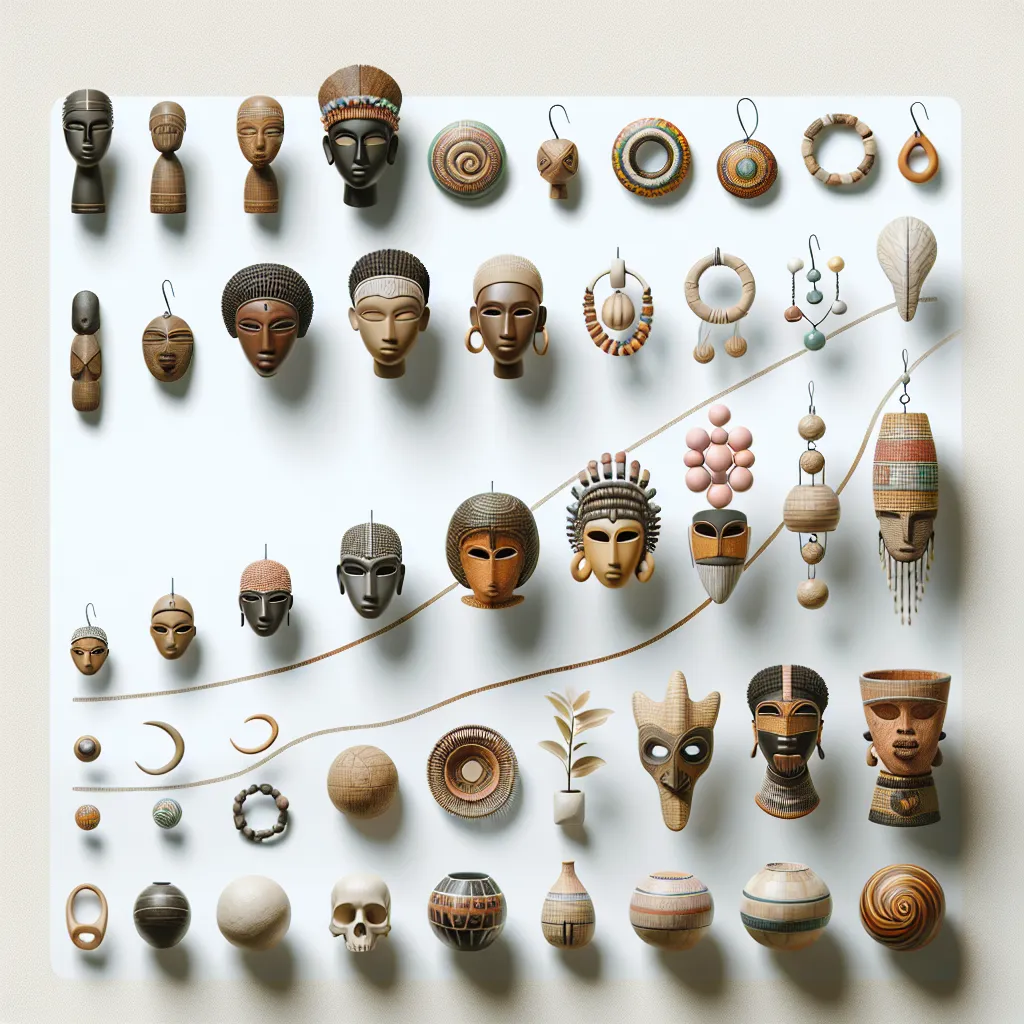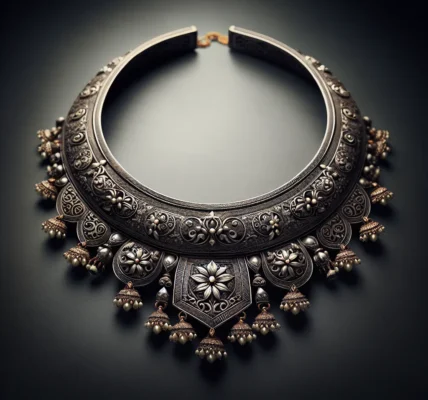Origins of Ornaments: Tracing Back Their History
Exploring the History and Cultural Significance of Ornaments
One of the most fascinating aspects of human civilization is the tradition of ornamentation. From ancient times to the present day, ornaments have played a significant role in human society, serving as symbols of beauty, status, and cultural identity. In order to truly understand the deep-rooted significance of ornaments, it is essential to trace back their history and explore their origins.
The history of ornaments can be traced back to the earliest human civilizations, where they were crafted from various materials such as shells, bones, and stones. These early ornaments served both decorative and symbolic purposes, with different cultures attributing different meanings to specific designs and materials. For example, in ancient Egypt, jewelry and ornaments were not only seen as decorative items but also held religious and magical significance.
As civilizations developed and expanded, so too did the art of ornamentation. The use of precious metals and gemstones became more widespread, and intricate designs began to emerge, reflecting the cultural and artistic values of different societies. From the intricate filigree work of the Byzantine Empire to the elaborate jade ornaments of the Chinese dynasties, each culture contributed to the rich tapestry of ornamentation.
Furthermore, ornaments have often been used to signify social status and wealth. In many societies, the wearing of ornate jewelry and accessories was reserved for the elite and served as a tangible display of power and affluence. On the other hand, ornaments also held immense cultural significance, with specific designs and motifs representing familial heritage, spiritual beliefs, and communal affiliations.
In conclusion, the history of ornaments is deeply intertwined with the story of human civilization, reflecting the evolving cultural, social, and artistic values of different societies throughout the ages. By tracing back their origins, we gain a deeper appreciation for the role of ornaments as not just decorative objects, but as powerful symbols of human creativity and cultural identity.
Evolution of Ornamental Styles Across Cultures
The evolution of ornamental styles across cultures reflects the rich tapestry of human creativity and cultural expression. From ancient civilizations to modern societies, ornaments have played a pivotal role in shaping the visual language of different cultures. The history of ornaments can be traced back to the earliest human societies, where they served as symbols of status, identity, and cultural beliefs.
Ancient civilizations such as the Egyptian, Greek, and Roman cultures utilized ornaments extensively in their art, architecture, and everyday objects. These ornaments often featured motifs inspired by nature, mythology, and religious symbolism, reflecting the cultural and spiritual beliefs of these societies. As civilizations interacted through trade and conquest, ornamental styles began to cross-pollinate, leading to the emergence of hybrid styles and the enrichment of cultural diversity.
With the advent of the Renaissance period, ornamental styles underwent a renaissance of their own, as artists and artisans sought inspiration from classical antiquity while infusing their work with a newfound sense of dynamism and naturalism. The Baroque and Rococo periods witnessed a profusion of ornamental exuberance, where decorative arts reached new heights of opulence and complexity, reflecting the grandeur of the courts and the burgeoning wealth of the merchant class.
In the modern era, the global exchange of ideas and artistic movements has led to the fusion of ornamental styles from diverse cultures. Art Nouveau, for example, drew inspiration from organic forms and brought a new aesthetic sensibility to ornamentation. The influence of non-Western cultures, such as the intricate patterns of Islamic art or the bold colors of African textiles, has also left an indelible mark on ornamental styles in the contemporary world.
Today, the evolution of ornamental styles continues to be influenced by technological advancements, globalization, and the ongoing dialogue between tradition and innovation. As we delve into the history and cultural significance of ornaments, we unravel a complex web of artistic expressions that transcend geographical boundaries and chronicle the narrative of human creativity.
Symbolism and Cultural Meaning Behind Ornaments
Ornaments have been an integral part of human expression and cultural identity throughout history. The symbolism and cultural significance behind ornaments offer a fascinating insight into the beliefs, values, and traditions of different societies. From ancient civilizations to modern cultures, ornaments have served as powerful symbols, reflecting unique cultural meanings and traditions.
One of the key aspects of ornaments is their ability to convey deeper meanings and messages. In many cultures, ornaments are not just decorative objects but hold symbolic significance, representing various aspects of life such as spirituality, social status, protection, and beliefs. For example, in some indigenous cultures, feathers are used as ornaments and symbolize qualities like wisdom, freedom, and connection to the spiritual world.
Furthermore, ornaments often carry historical significance, preserving the traditions and stories of the past. They serve as a visual record of a culture’s heritage and can convey narratives of triumph, adversity, and evolution. For instance, traditional African ornaments often feature intricate patterns and symbols that communicate stories of the community, their rituals, and their connection to the natural world.
Understanding the cultural meaning behind ornaments is crucial for appreciating the diversity and richness of human civilization. It allows us to recognize the universal human impulse to adorn and beautify, as well as the unique expressions of different cultures through their ornamental traditions.
In conclusion, ornaments hold a profound cultural meaning that transcends mere decoration. They encapsulate the values, beliefs, and stories of diverse societies, serving as a visual language that communicates the essence of human experience across time and place.
Ornaments as a Reflection of Cultural Identity
Ornaments have played a significant role in reflecting the cultural identity of societies throughout history. From ancient civilizations to modern-day cultures, ornaments have served as a tangible reflection of artistic expression and cultural symbolism. The design, materials, and motifs used in ornaments often encapsulate the values, beliefs, and heritage of a particular community, making them an essential aspect of cultural identity.
Historically, ornaments have been crafted using locally available materials, showcasing the resourcefulness and creativity of a culture. For instance, the use of specific gemstones, metals, or natural elements in ornaments might symbolize the connection of a community to its environment or express certain spiritual or symbolic meanings. Additionally, the motifs and patterns incorporated into ornaments often carry deep cultural significance, representing stories, mythologies, or traditional symbols that are passed down through generations.
Furthermore, ornaments have been used to denote social status, rites of passage, and familial heritage within many cultures. The way in which ornaments are worn, the specific designs used, and the occasions on which they are displayed all contribute to the intricate language of cultural identity. Whether it’s the intricate beadwork of indigenous communities, the elaborate gold jewelry of ancient civilizations, or the modern interpretations of traditional ornaments, each piece encapsulates the uniqueness of a culture’s identity.
In conclusion, ornaments serve as a visual and symbolic representation of a culture’s identity, encapsulating its values, heritage, and traditions. By exploring the history and cultural significance of ornaments, we gain a deeper understanding of the diverse and rich tapestry of human civilization.



